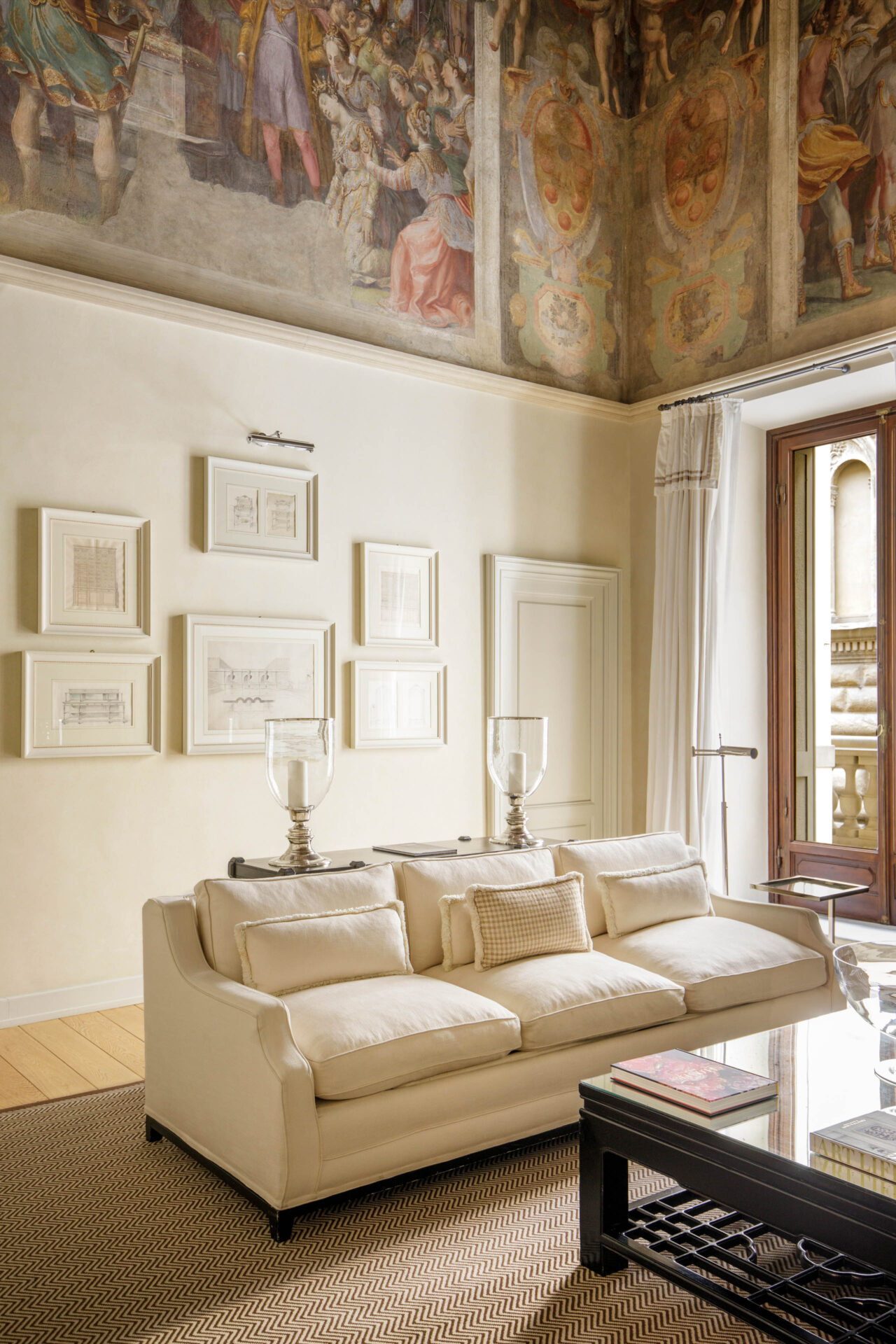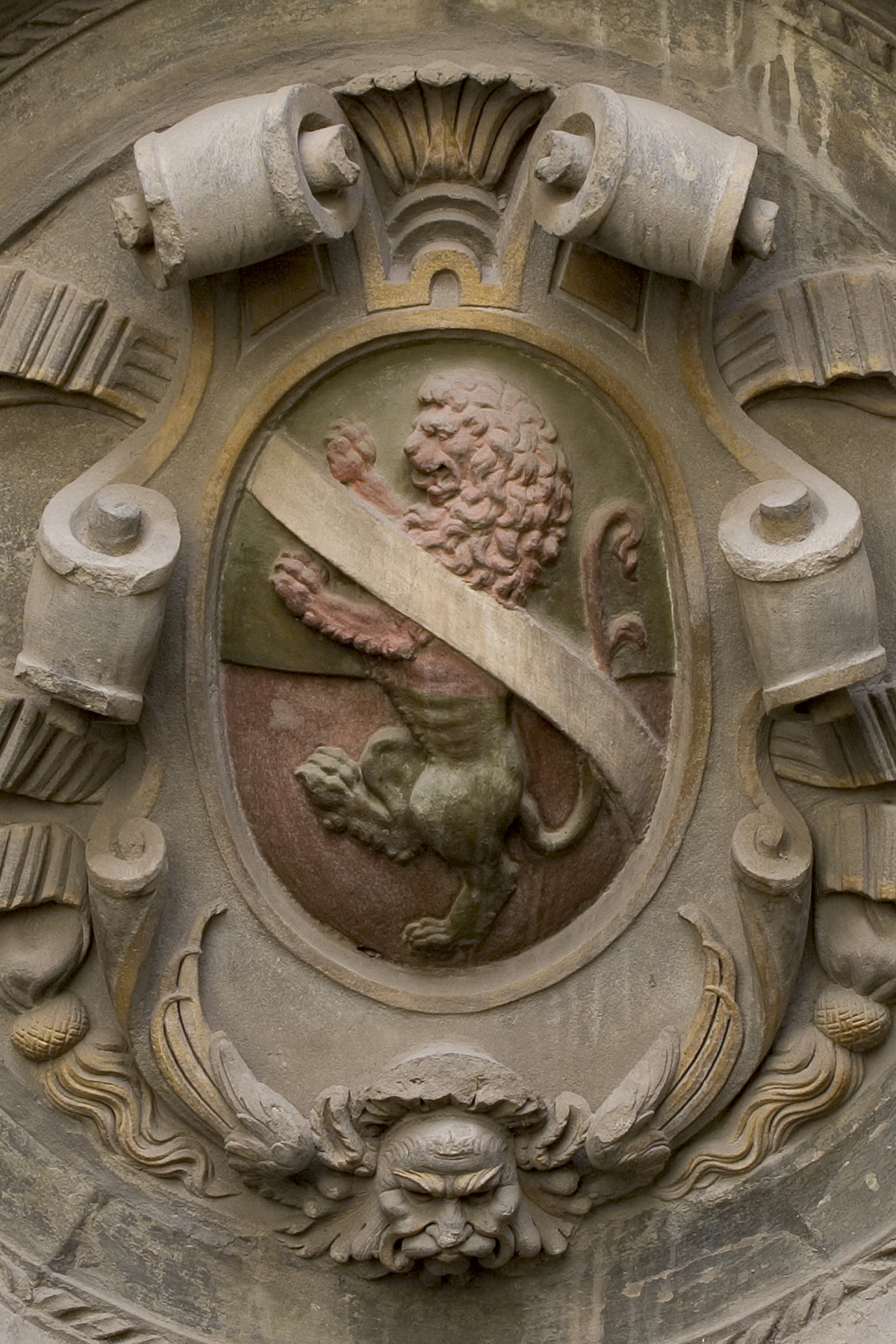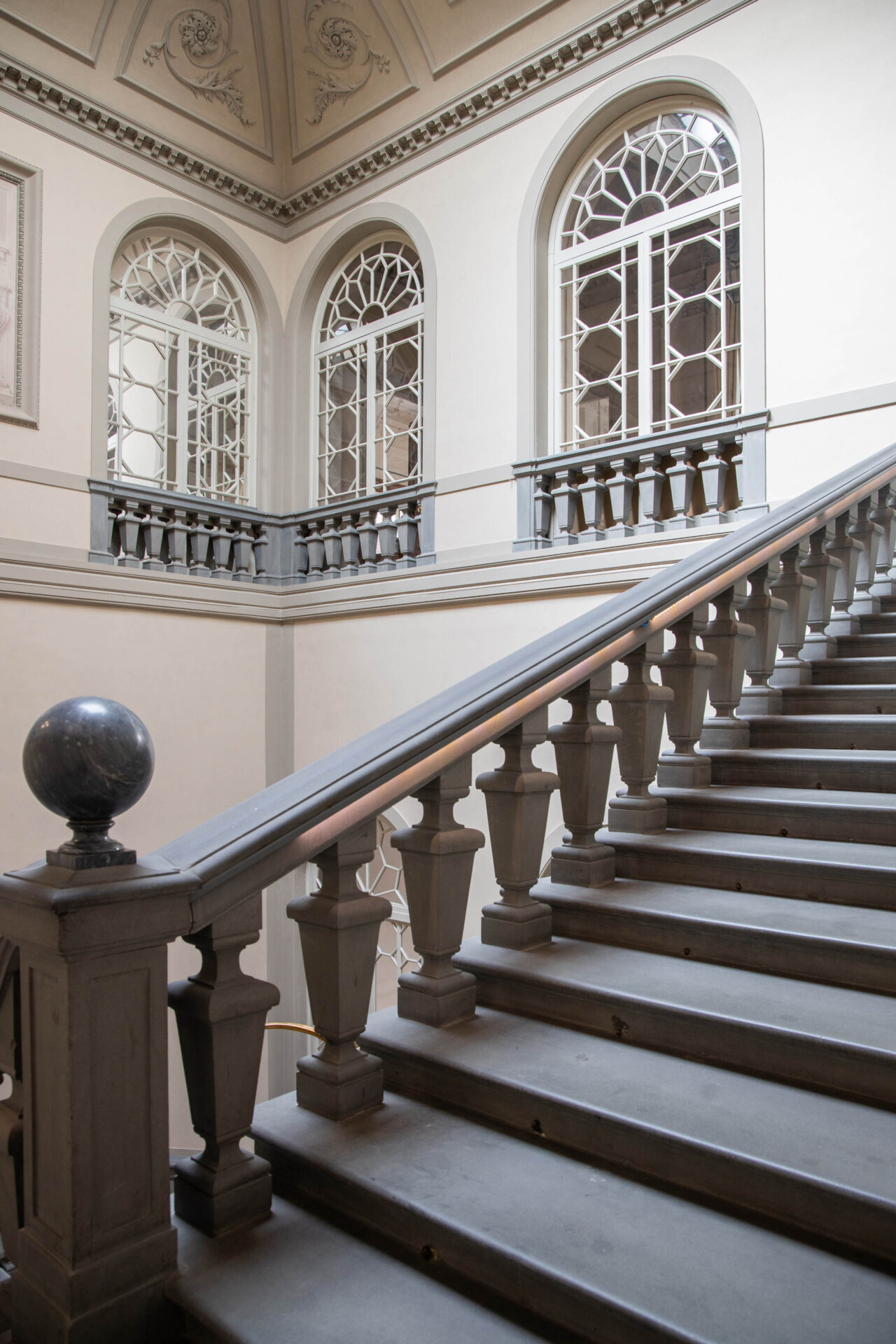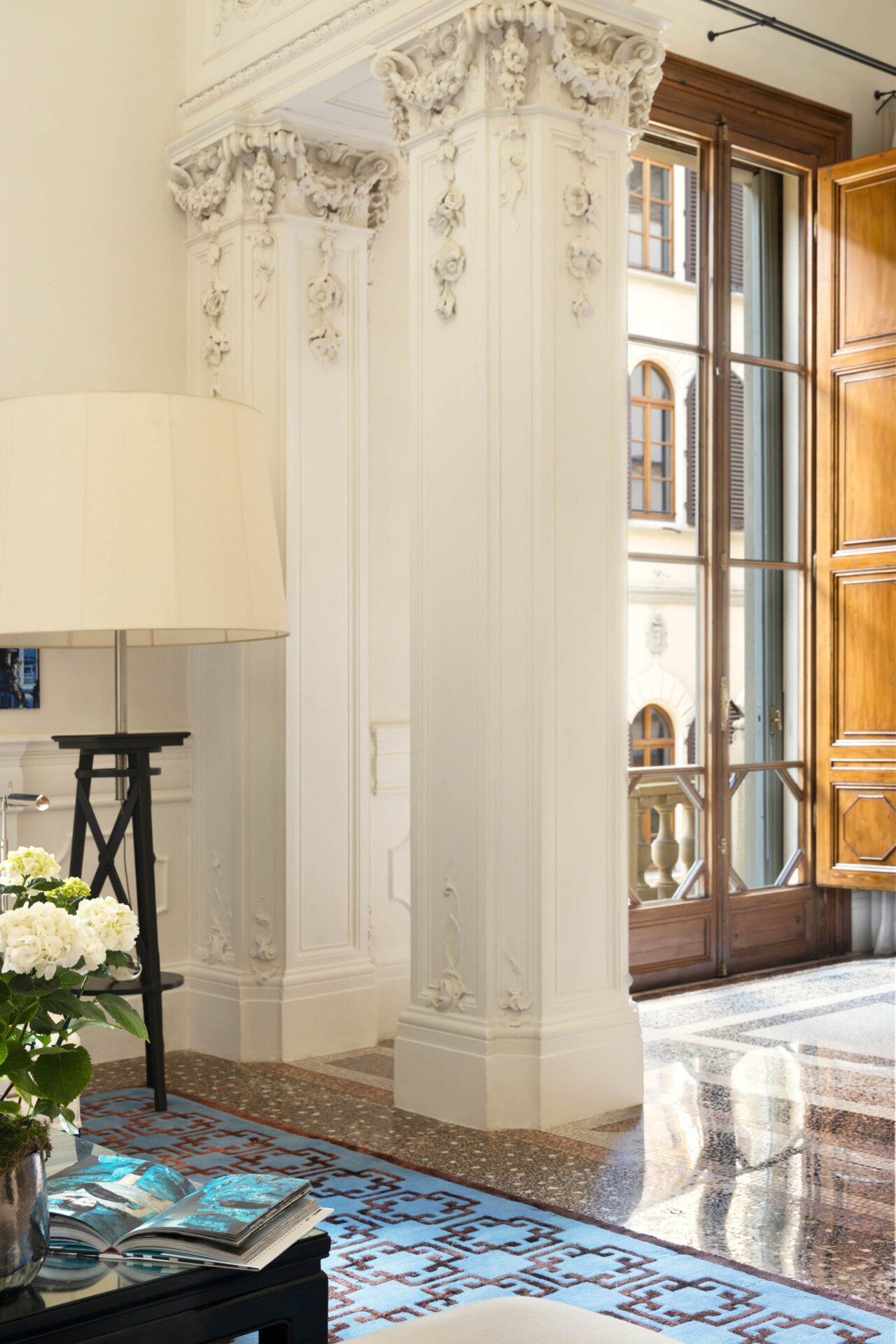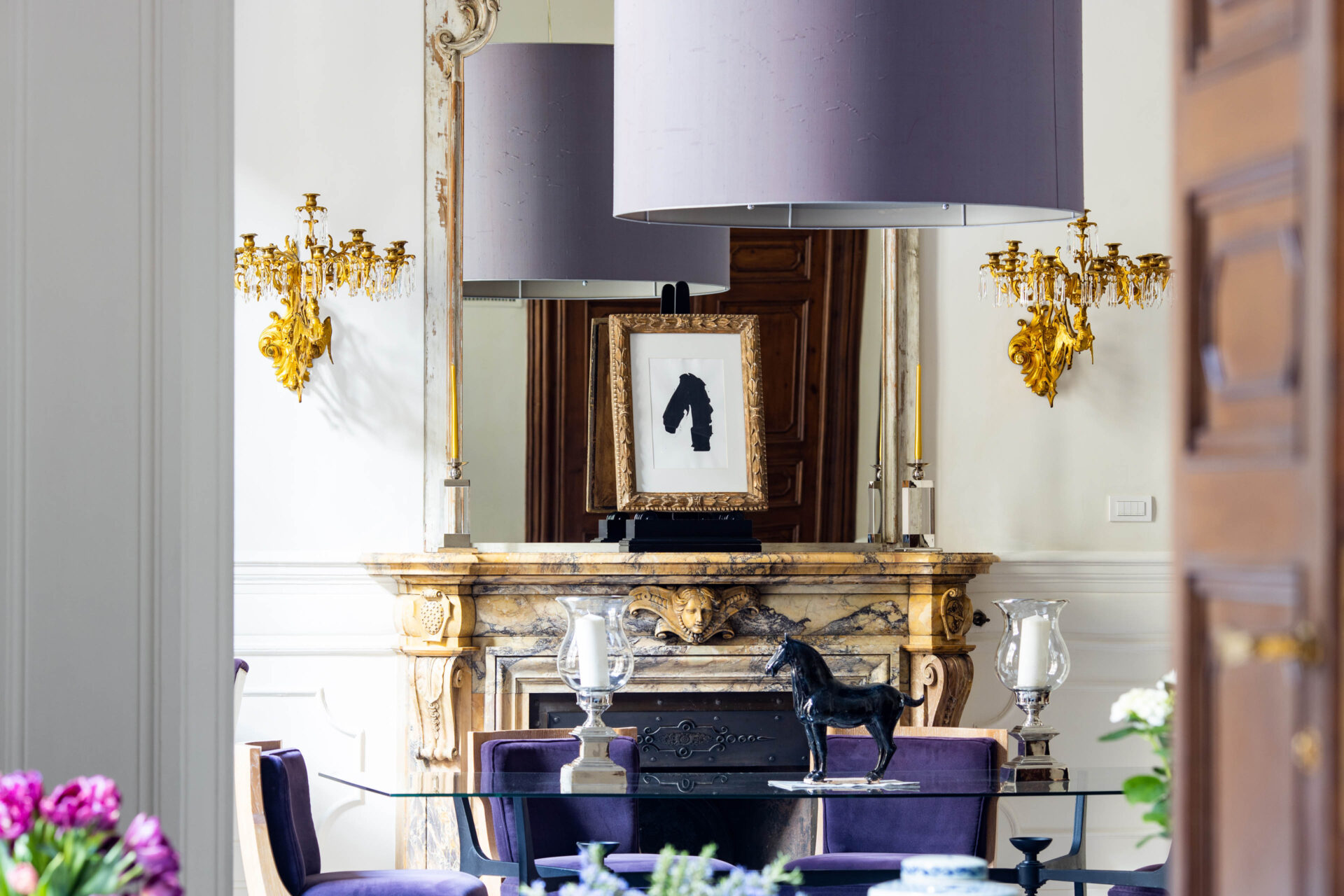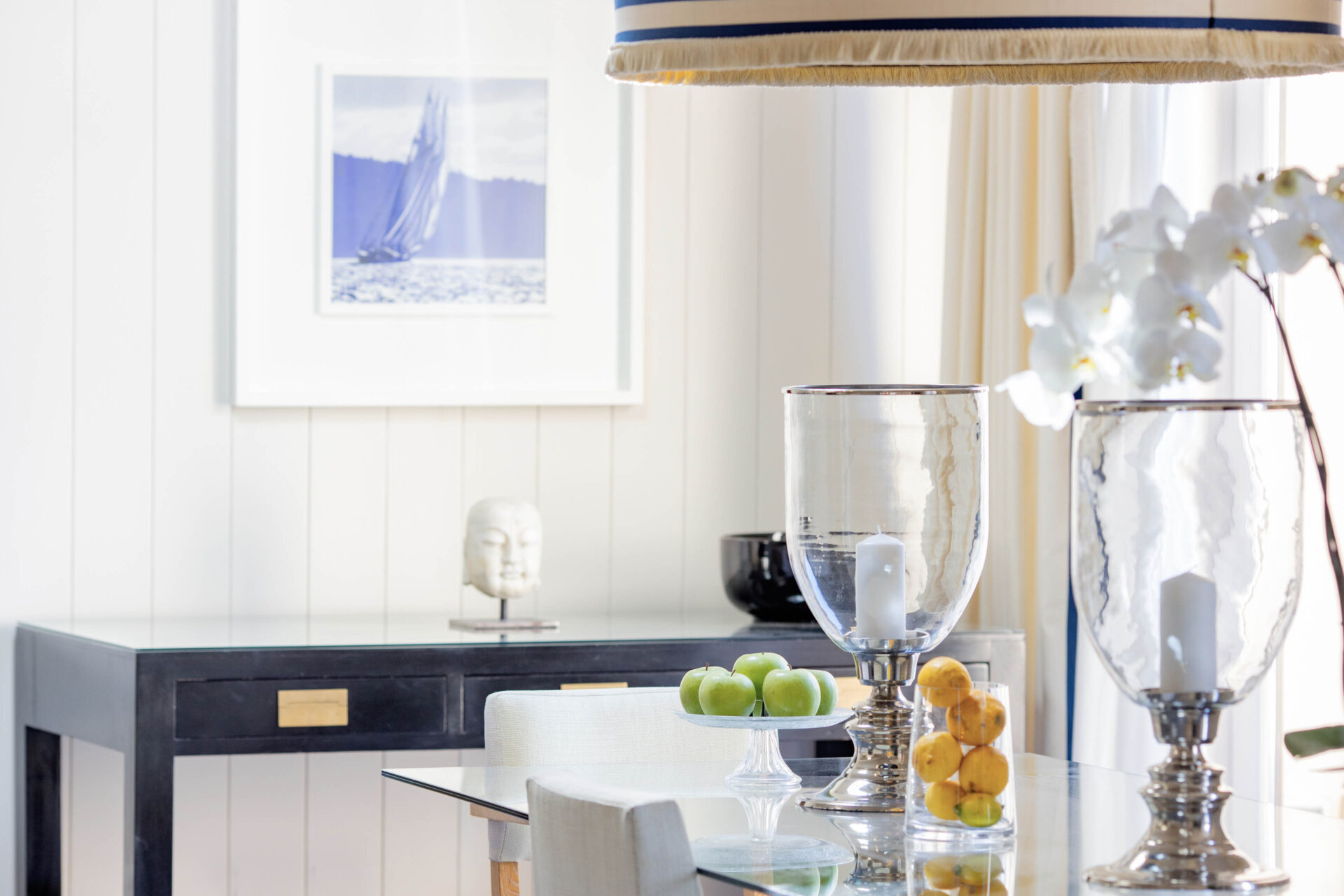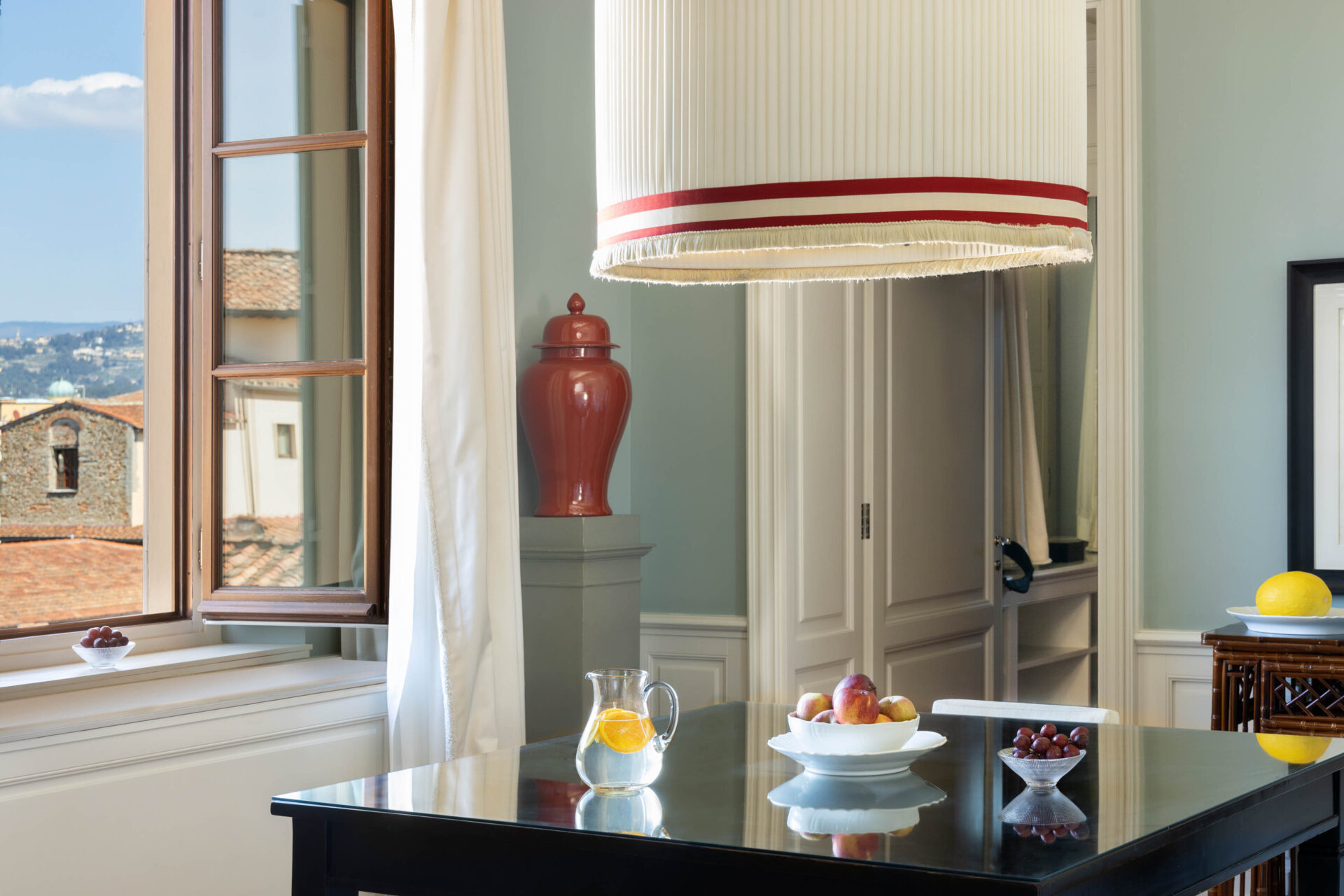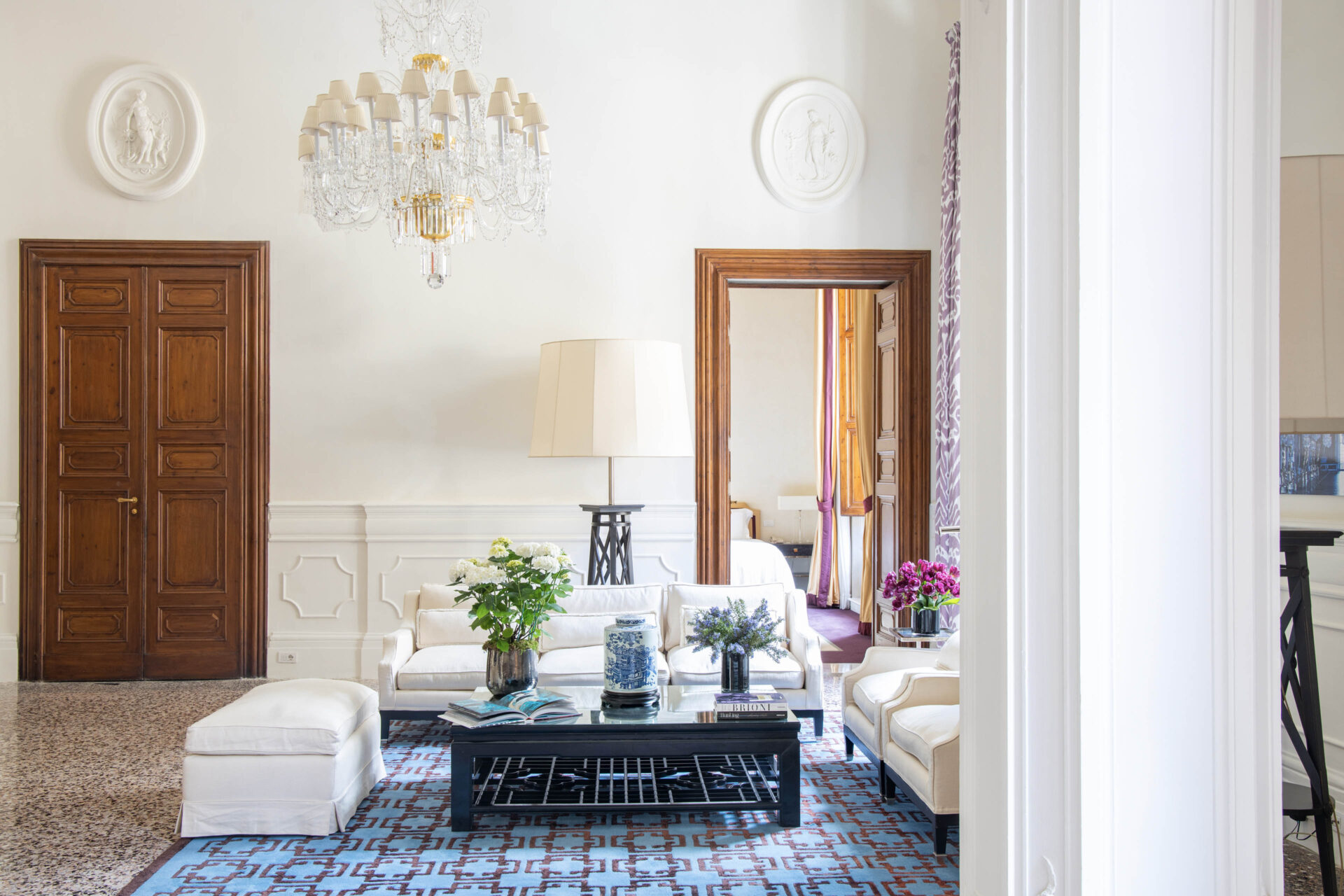THE PALACE
Situated on one of Florence’s most aristocratic city-centre streets, in the heart of the fashion district, this historic fifteenth-century palazzo was home to a Renaissance Pope and hosted the world’s first documented opera performance.
A meticulous restoration has returned Palazzo Tornabuoni to its original splendour. Diverse and rich decorative elements born from five centuries of history, including elaborate stucco work, frescoes and statues have been seamlessly interwoven with the finest modern comforts and conveniences to create 37 elegant and contemporary residences.
One can either become an individual owner of a Private Residence or acquire a Membership in the Palazzo Tornabuoni Residence Club, which affords residency rights to a selected number of Club Residences within the Palazzo.
Private and Club Residence owners alike benefit from management by Four Seasons Hotels and Resorts and use of the magnificent indoor and outdoor communal living and dining areas. In addition owners have access to the Spa at Four Seasons Hotel Firenze – which includes an outdoor pool in their four-hectare private garden.
Palazzo Tornabuoni’s Club Attaché has been created to help owners feel at home in the city, putting the private world of Florence and Tuscany at your fingertips.
History
Over the centuries, each generation has enriched the Palazzo with magnificent frescoes and statuary, creating the glorious historical residence that owners enjoy today.
Some of the most splendid artworks date from the sixteenth century, when the Palazzo became the property of Alessandro de’Medici, the future Pope Leo XI. As Archbishop of Florence, Alessandro transformed the Palazzo into his seat of power, commissioning leading artists of the day to decorate its grand halls.
At the end of the sixteenth century the Corsi family acquired Palazzo Tornabuoni. During the following century and a half they continued to adorn and improve the Palazzo, unifying its diverse architectural styles as well as commissioning new decorative elements. Many of the hand carved marble mantelpieces, as well as the delicate stucco work framing the frescoes, date from this time.
Over the centuries, each generation has enriched the Palazzo with magnificent frescoes and statuary, creating the glorious historical residence that owners enjoy today.
Some of the most splendid artworks date from the sixteenth century, when the Palazzo became the property of Alessandro de’Medici, the future Pope Leo XI. As Archbishop of Florence, Alessandro transformed the Palazzo into his seat of power, commissioning leading artists of the day to decorate its grand halls.
At the end of the sixteenth century the Corsi family acquired Palazzo Tornabuoni. During the following century and a half they continued to adorn and improve the Palazzo, unifying its diverse architectural styles as well as commissioning new decorative elements. Many of the hand carved marble mantelpieces, as well as the delicate stucco work framing the frescoes, date from this time.
Restoration &
Design
Conducted under the supervision of Florence’s Soprintendenza ai Beni Artistici e Storici, a meticulous restoration has returned the Palazzo to the splendour of its Renaissance origins, restoring magnificent Mannerist statues to their pristine state, uncovering hidden frescoes, and revealing elaborate stucco ceilings. At the same time, the Palazzo’s infrastructure has been updated to offer the most hi-tech, yet unobtrusive, levels of comfort, style and convenience.

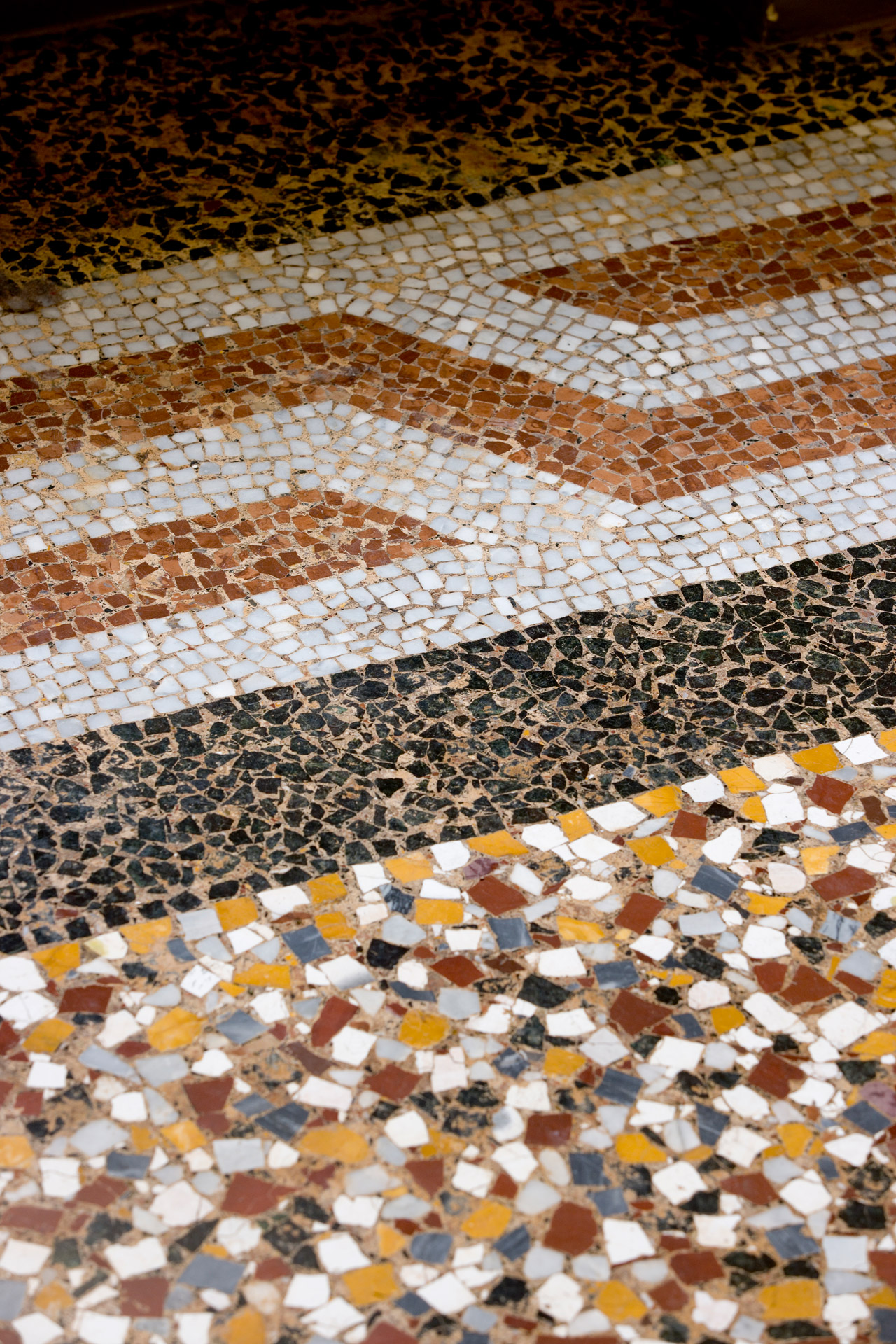
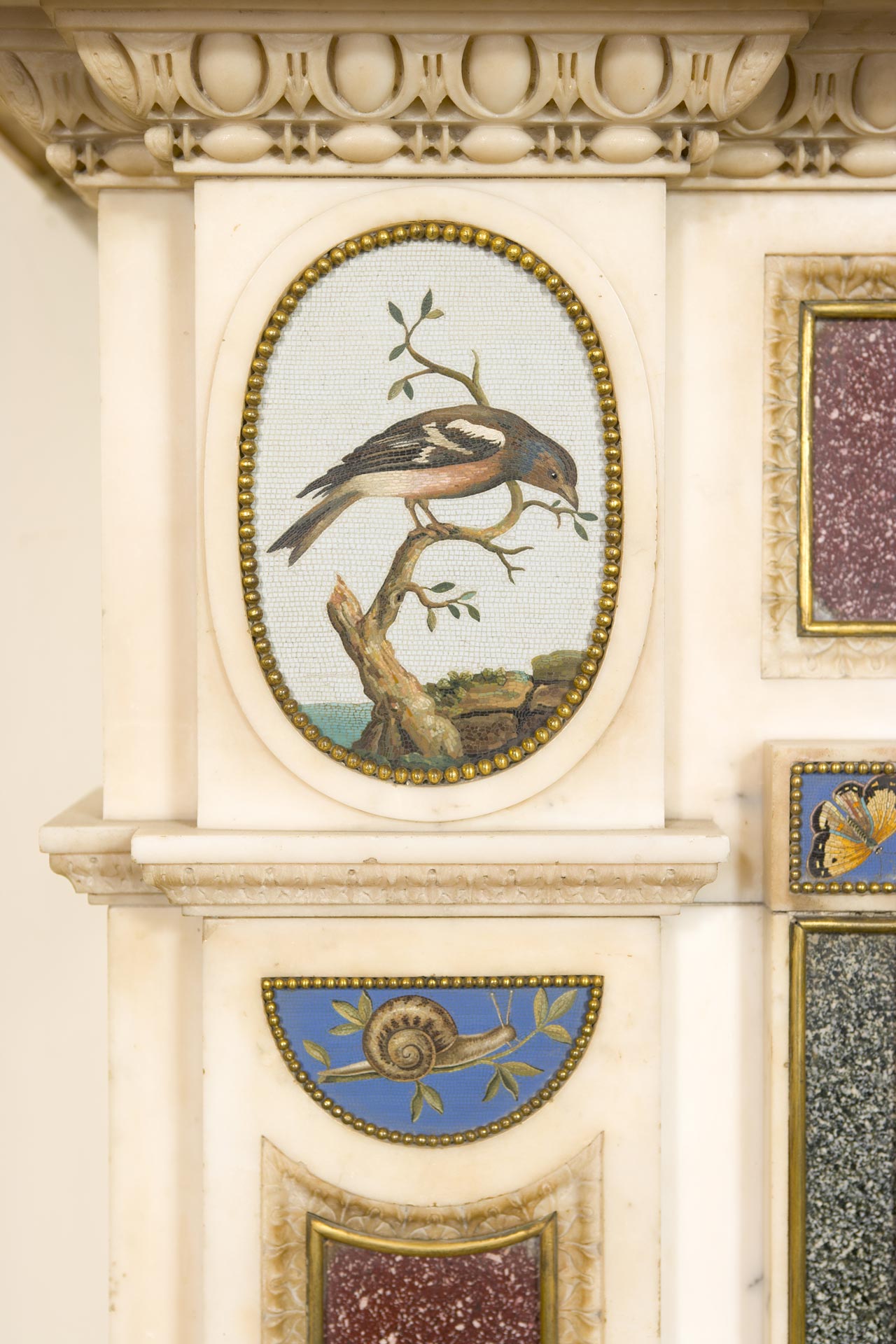
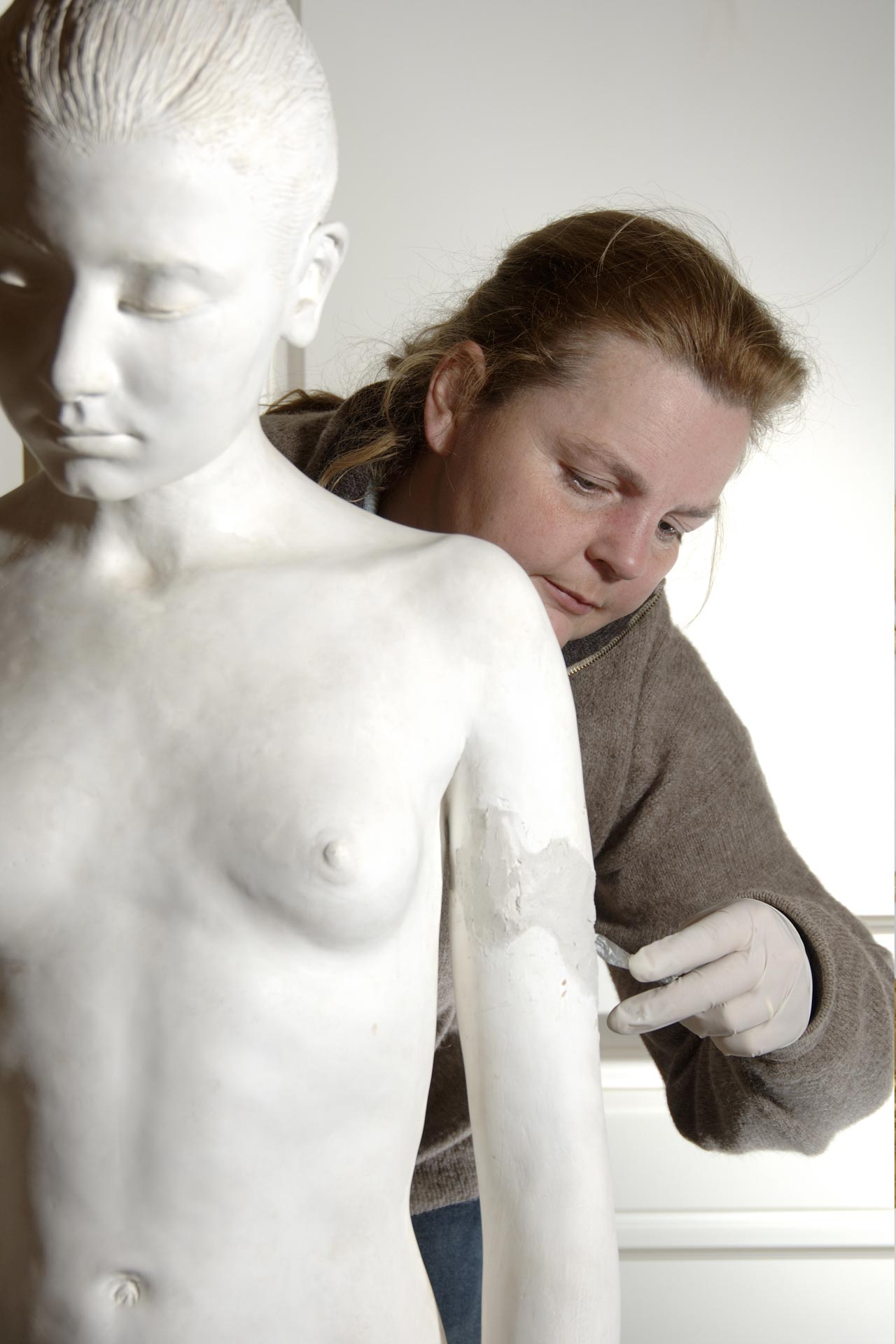
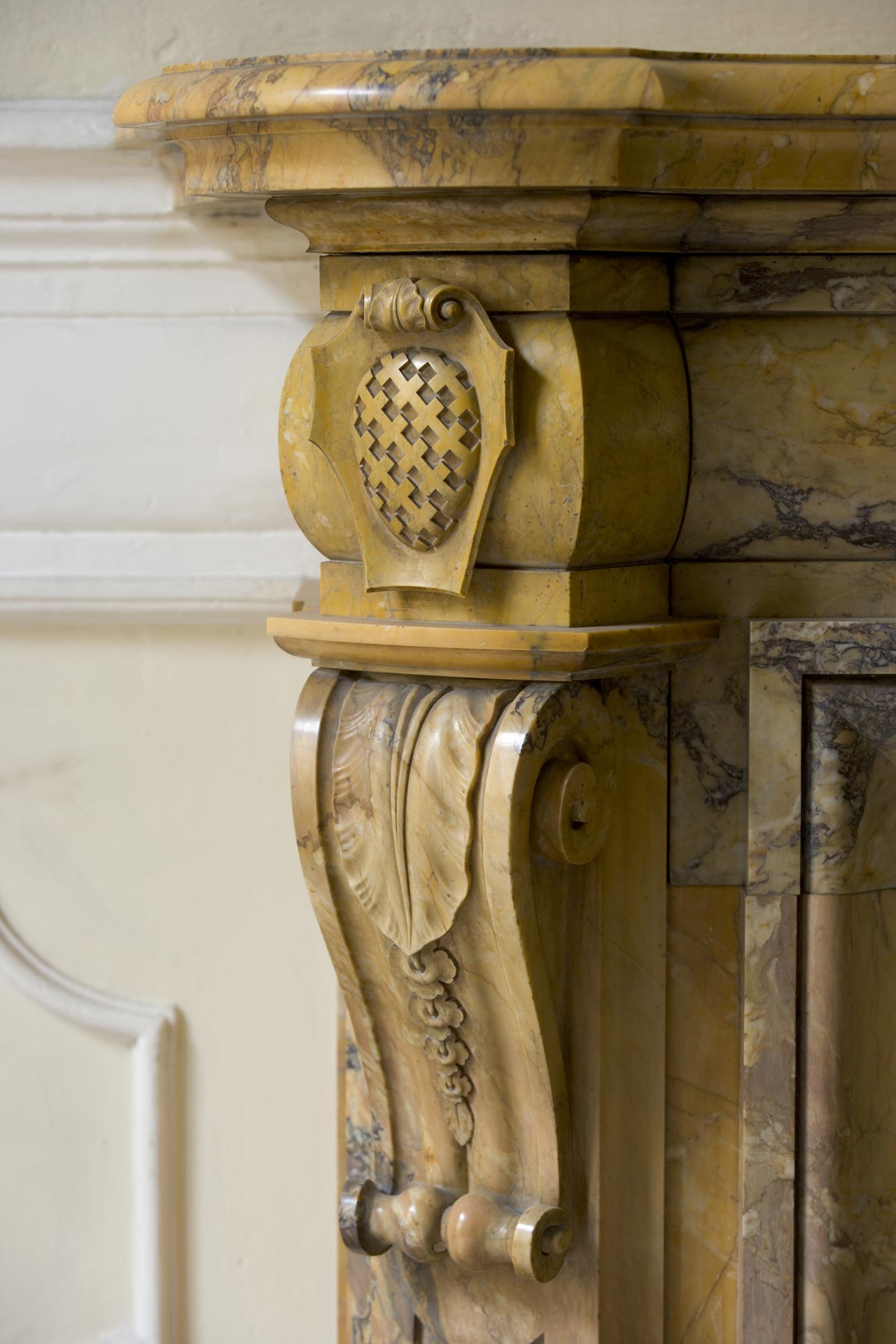
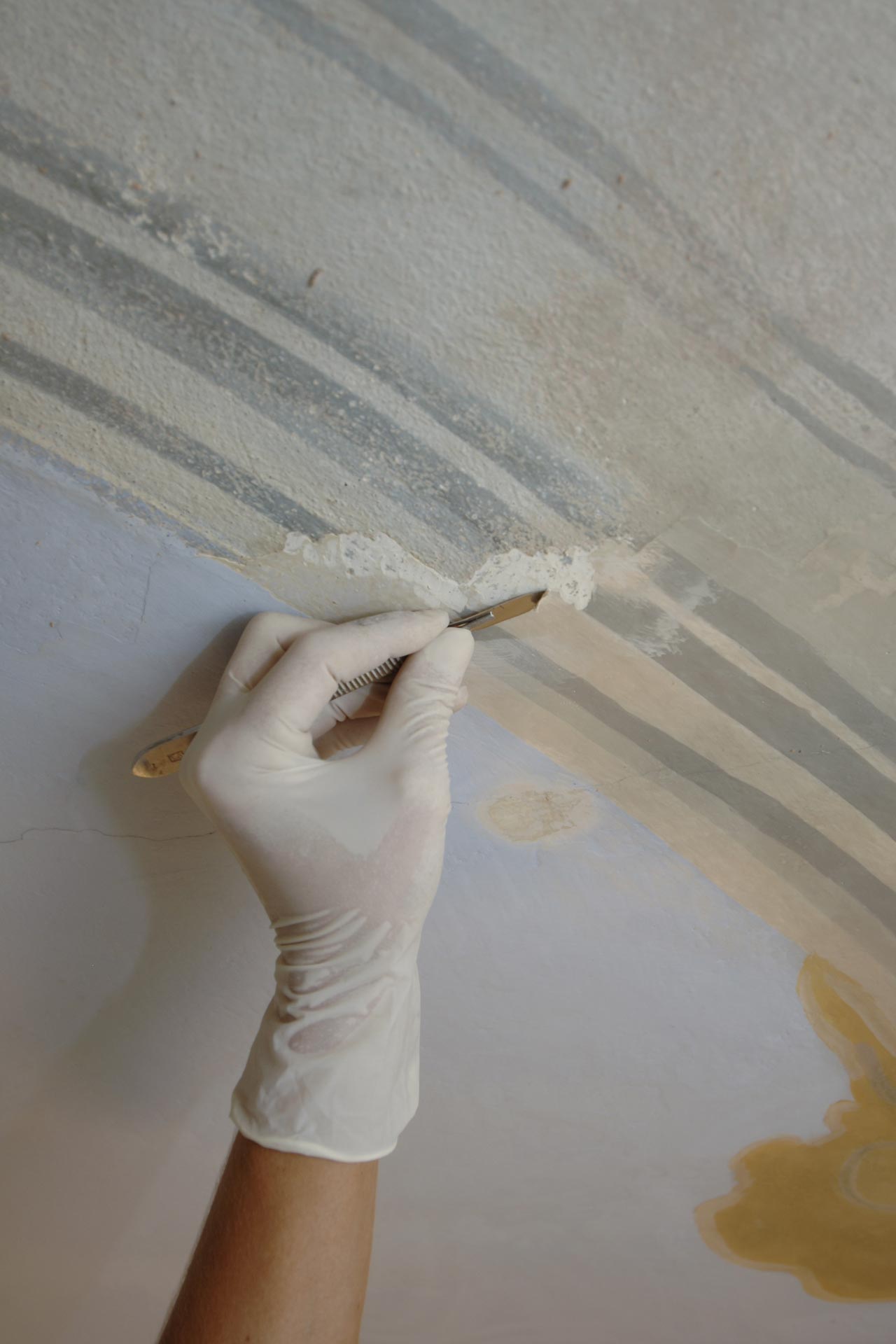
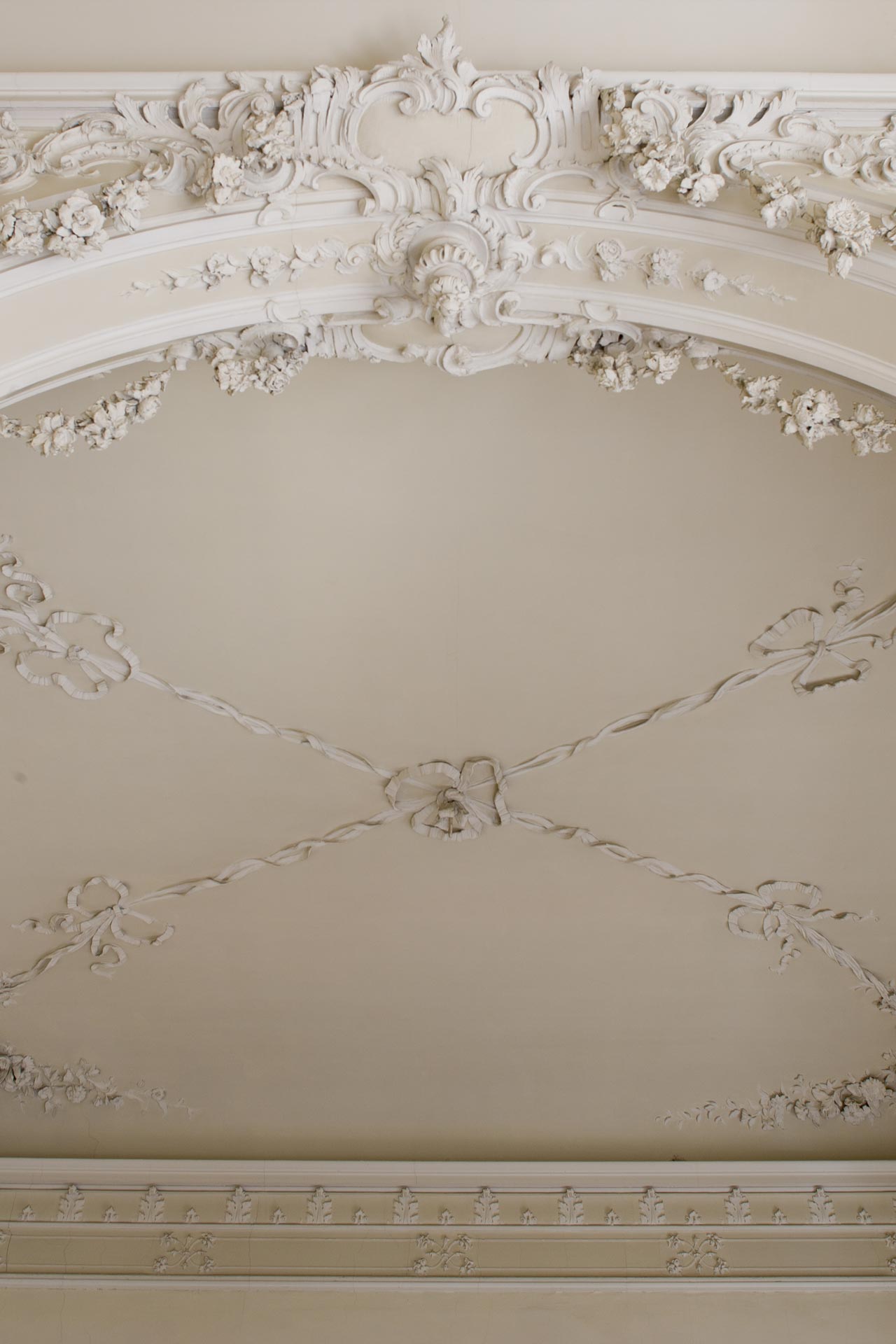
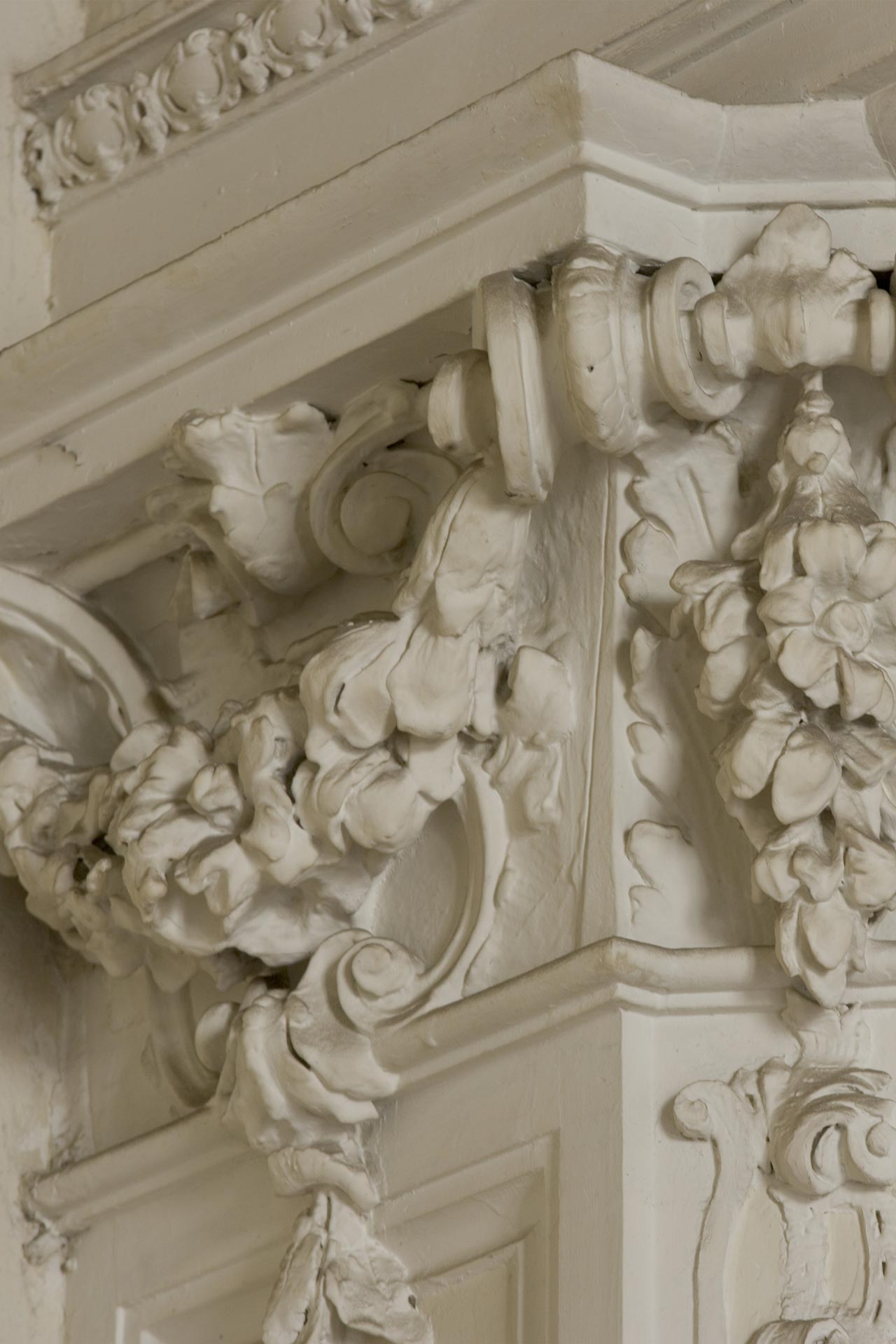
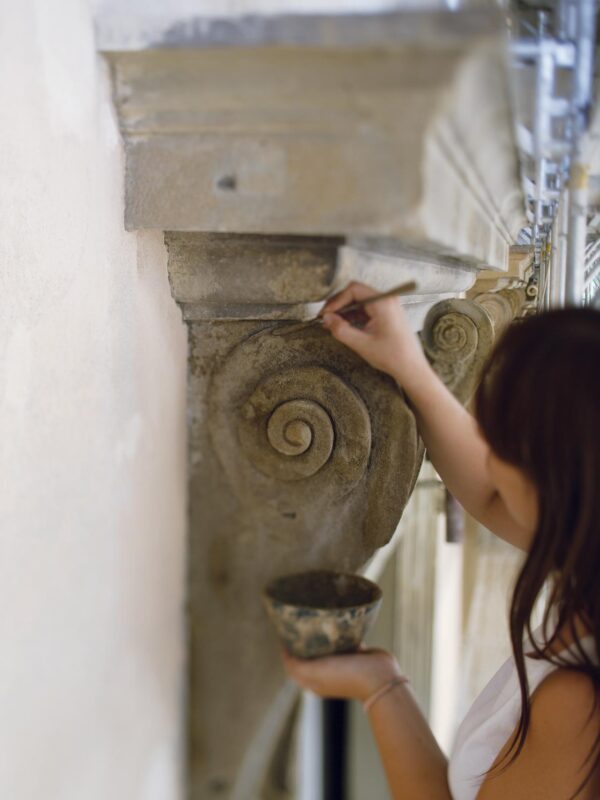
Artistic highlights of the Palazzo include a stunning Baroque fresco cycle by Agostino Ciampelli (1578-1640) depicting the Biblical story of Esther and Ahasuerus, and the marble statue of Diana the Huntress by Gherardo Silvani (1579-1675) which sits at the foot of the Palazzo’s imposing pietra serena staircase.
The interior design by internationally renowned architect Michele Bonan balances contemporary flair with timeless elegance, creating a seamless blend of ancient frescoes, marble floors and stone fireplaces with custom-made furniture, warm modern fabrics, state-of-the art kitchen and bathroom fittings and hi-tech communication and entertainment facilities.
The interior design by internationally renowned architect Michele Bonan balances contemporary flair with timeless elegance.
Location
Palazzo Tornabuoni is located in the geographical heart of Florence, on elegant via Tornabuoni.
One of Florence’s most aristocratic city-centre streets, via Tornabuoni is today the vibrant Tuscan city’s ‘fashion central’, lined with stylish boutiques.
The Palazzo alone hosts four within its walls: Bulgari, Bottega Veneta, Stefano Ricci and Cartier.
Just four blocks from the Duomo and a five-minute walk from Ponte Vecchio, the Palazzo is perfectly placed to enjoy the life of the city to the full.
The dynamic Palazzo Strozzi cultural centre is just next door, and the Uffizi Gallery, with its artistic treasures by Leonardo, Botticelli and other renaissance masters is a short stroll away. Some of the city’s best restaurants and trattorias are on the doorstep, as are the workshops of those skilled artisans that still define the Florentine way of life.
From the time the sun rises over the Duomo until the city’s evening lights shimmer in the Arno, Florence is yours.
